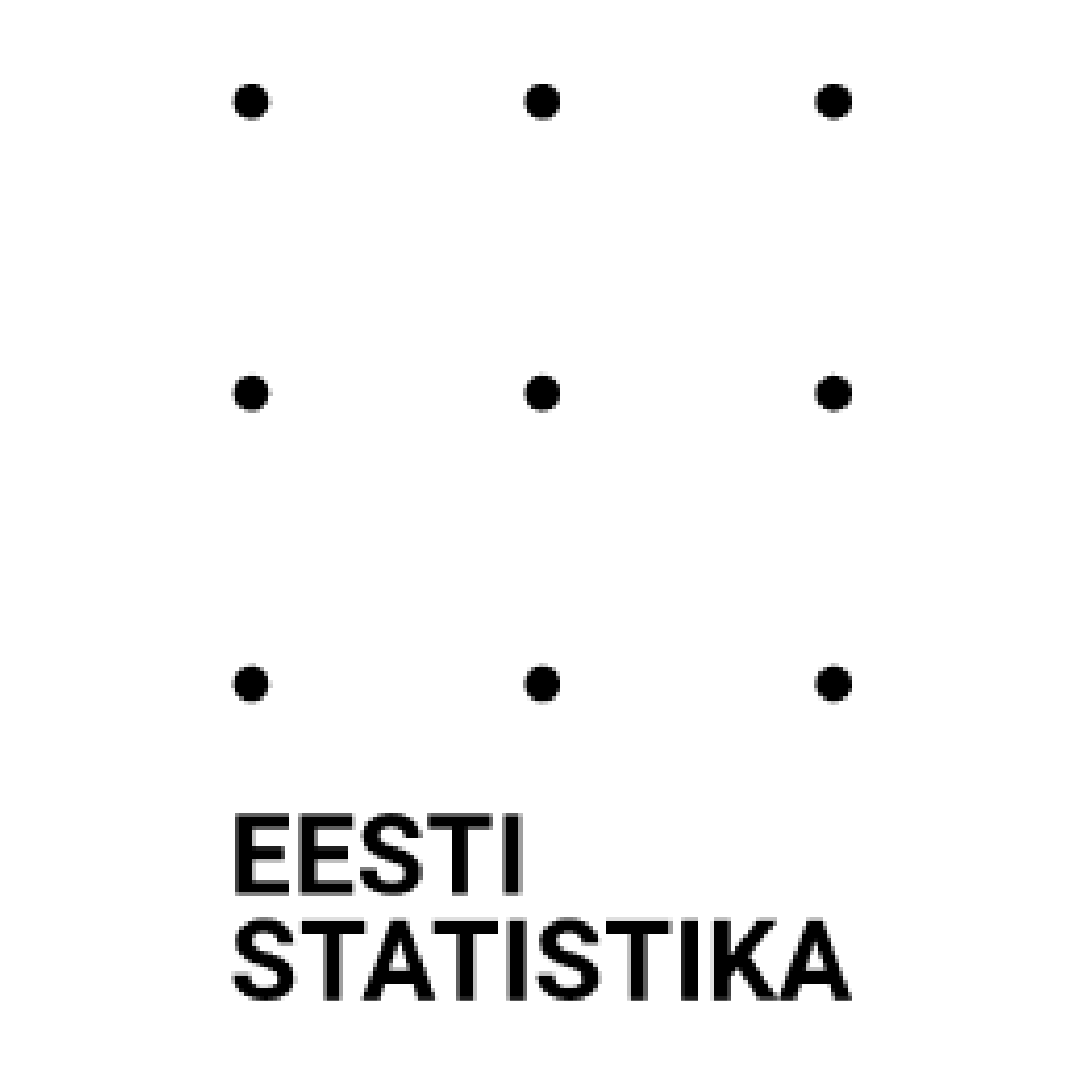MPD is a great source of near real-time or historical data on populations for disaster management
book a demo
We expect natural disasters and global crises to become more frequent, making communities around the world vulnerable to their impact. But, if we know the approximate location of mobile users at any given time, and how they react in terms of their mobility in crisis circumstances, it is possible to plan a thorough response in these situations.
Using MPD, authorities can assess the exposure risk of populations in disaster scenarios. As opposed to the static picture painted by census records, MPD shows where people actually move, which is a great benefit considering that people are mobile. The unique value of MPD in disaster situations is that the data is passively collected with regular intervals without one-on-one interaction. MPD also allows looking back in time to compare behaviour during ‘normal’ scenarios or during previous disaster scenarios.
The benefits of using this innovative data source are manifold. MPD can:
- show the regular mobility and de facto population. This is beneficial when electricity or connectivity is compromised and real-time information cannot be gathered;
- show mobility out of the crisis area which helps to assess whether the information from authorities is reaching vulnerable groups well (time frame of near real-time to 24 hrs). If not a significant number of people are moving away from the area, it could show that the necessary information does not reach vulnerable groups in time;
- help monitor whether special restrictions placed by authorities have been effective or if they should be adjusted.
The key question in preparing for and resolving crises is the number of people who may be in danger and require assistance. In order to plan the necessary resources and make the right decisions, we need increasingly better tools to estimate the number of people in the affected area in these emergencies.
For that reason, mobile positioning data is essential for us when executing wise and effective responses to a wide range of crises, such as forest fires, natural and chemical disasters.
Positium’s software solution allows us to do that and represents a major improvement in our ability to quickly generate an effective response. Positium has been an excellent partner in future proofing our organisation and ensuring we operate on the cutting edge of technology.
- Margo Klaos, Estonian Rescue Board
.png)

